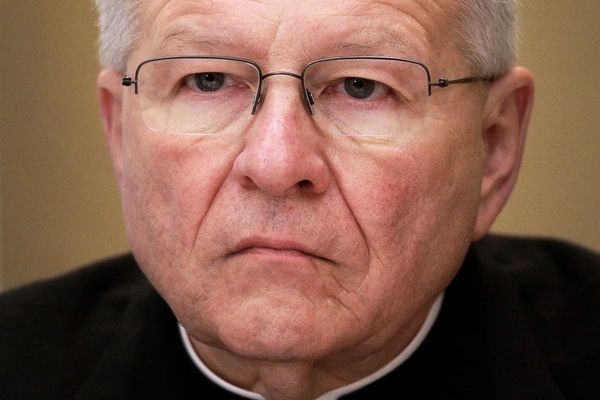A 'solar farms in space plan' is set to be considered to look at whether it could help ease energy shortages. The European Space Agency is expected to approve a three-year study into the idea, known as Solaris.
It will look at whether space-based solar power could work at scale - and if it could be cost effective. One stumbling block to solar energy has always been that solar panels can only generate power during the daytime.
The ESA's website also notes that much of the sunlight is absorbed by the atmosphere during its journey to the ground. It adds: "What if instead we could collect solar power up in space and beam it down to the surface? ESA is seeking ideas for technologies and concepts for solar power satellites that will do precisely this."
One solution could be giant satellites that can generate the same amount of electricity as a power station. It is among the proposals being considered by the ESA's council meeting in Paris on Tuesday.
Josef Aschbacher, who is ESA's director general, told the BBC solar power from space could be of ''enormous'' help to address future energy shortages. He said: ''We do need to convert into carbon neutral economies and therefore change the way we produce energy and especially reduce the fossil fuel part of our energy production.
''If you can do it from space, and I'm saying if we could, because we are not there yet, this would be absolutely fantastic because it would solve a lot of problems."
ESA is seeking funds from its member nations for the research programme called Solaris. It would look at whether advances in technology mean space-based solar power could be reliable or economically viable.
One focus would be on whether it is possible to transfer the solar energy collected in space to electricity grids on Earth. It would need to be sent wirelessly using microwave beams.
The ESA said of Solaris: "The goal of SOLARIS would be to prepare the ground for a possible decision in 2025 on a full development programme by establishing the technical, political and programmatic viability of Space-Based Solar Power for terrestrial needs. It would, through a limited initial investment, undertake studies and technology developments, in partnership with European industry, to mature the technical feasibility and assess the benefits, implementation options, commercial opportunities and risks of Space-Based Solar Power as a contributor to terrestrial energy decarbonisation.
"SOLARIS would also address potential environmental, health and safety issues and challenges related to regulation and international space policy coordination. Through SOLARIS, Europe would extend the technological state-of-art in a diverse set of key technologies relevant to applications both on Earth and in space, such as high-efficiency solar cells, wireless power transmission and robotic in-orbit assembly."
A UK government assessment, independent of the ESA plan, concluded that it might be possible to have a satellite capable of producing the same amount of electricity as a power station, around 2 GW, by 2040, which is in line with ESA's own estimates.
It said: "Space Based Solar Power comprises a constellation of very large satellites in a high earth orbit, where the sun is visible over 99% of the time, collecting solar power and beaming it securely to a fixed point on the earth. Its main attribute is the ability to deliver clean, baseload energy, day and night throughout the year and in all weathers."







